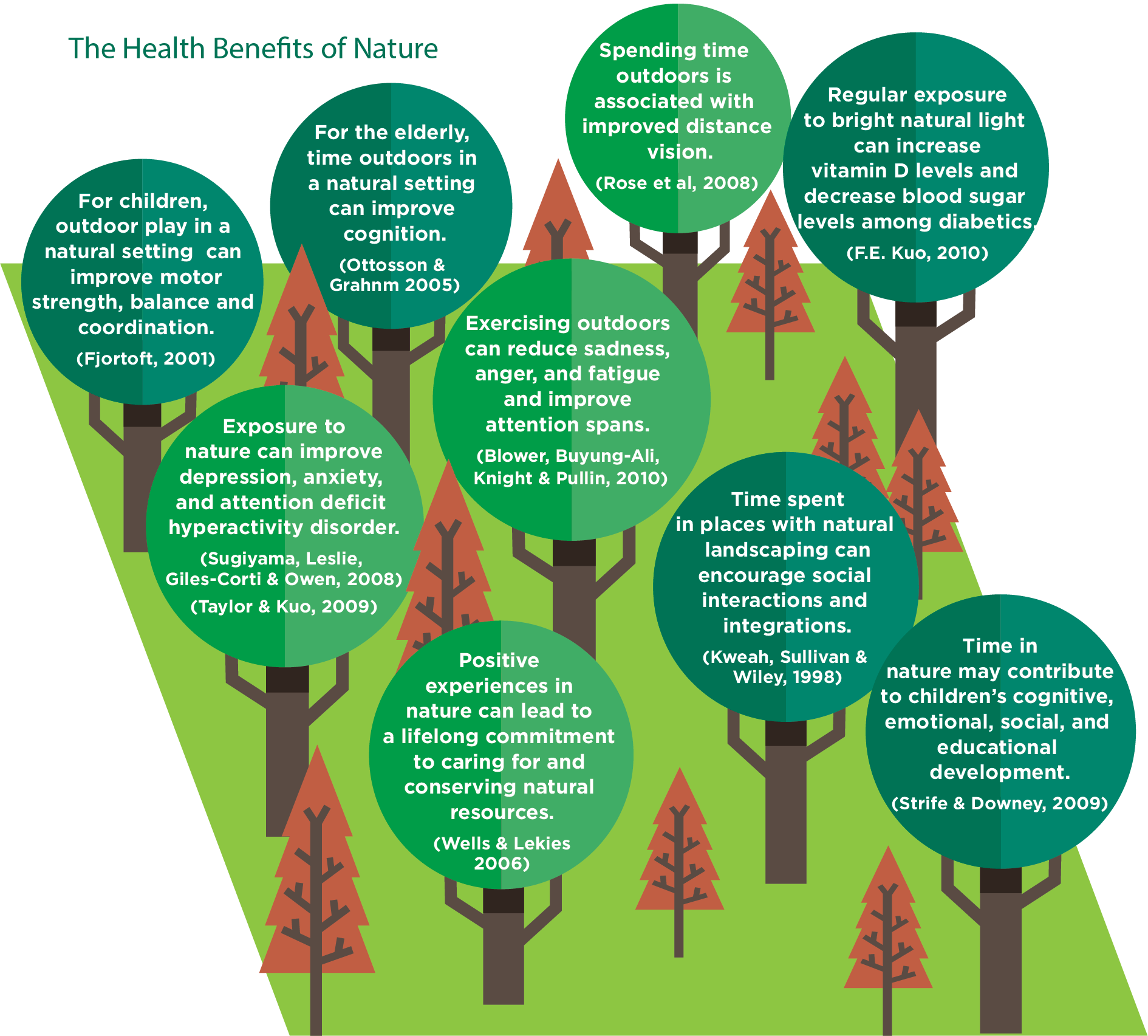Before Dr. Laura Fox writes out a park prescription — yes, you read that right — she discusses the patient’s health and locates parks close to the patient’s chosen address.
She asks whether patients prefer parks on their homebound commute, near home or near work. Do they plan to visit the park with children or dogs? Do they need paved trails? Then she texts, emails or prints out their park prescriptions. The system even allows her to send weekly reminders by email or text.
Her patients at Bellingham Bay Family Medicine have responded well.
“They’ve never heard of a prescription like this before,” Fox said. “They’re surprised at first but then they see me pull up park options on my computer and they say, ‘Oh, that’s great!’”
The ParkRX Program encourages people to get outside. Washington’s 124 state parks are among more than 895 public parks statewide and 8,600 parks nationwide that providers use in the program.
About 70 percent of the time, Fox writes out a ‘parkscripton’ to help patients manage their physical health, such as weight loss goals, high blood pressure or diabetes. She also uses the program for younger patients who may not experience direct health issues but could benefit from being unplugged from a tablet or phone.
“It’s more specific than telling them to go to the gym or walk,” Fox said. “It’s individualized. And it’s free. They respond better to that sometimes than me pulling up a gym for them to join. They are more accepting of this and not as intimidated.”
Fox was one of the first physicians to sign up for a program in which Washington health care providers write an actual prescription that instructs patients to get outside.
The program, which started this year, is a partnership between Washington State Parks and Washington D.C.-based ParkRx America. The movement to improve Americans’ health with a low-cost solution is simple: Connect people with parks.
Fox is one of 71 Washington health care providers participating in ParkRx. Washington state just passed Washington D.C. to rank as No. 1 in the nation for provider participation. Washington’s 124 state parks are among more than 895 public parks statewide and 8,600 parks nationwide that providers use in the program.
The ParkRX program isn’t the only program that encourages people to get outside. The Washington’s ParkRX program has also partnered with the Washington Department of Veterans’ Affairs’ counseling and wellness program to encourage the power of hiking, camping and fishing trips for veterans.
Gov. Jay Inslee has said he’ll support a recent federal bill to expand outdoor recreation areas for veterans and encourage healing via outdoor recreation. Rep. Adam Smith is co-sponsor of the Accelerating Veterans Recovery Outdoors Act.
Inslee’s office has also supported a study from the University of Washington and outdoor retailer REI that explores the benefits of hiking for veterans who experience PTSD. A major goal of the study, taken place over three years, is to gather evidence-based research on how nature can benefit mental and physical health among this specific demographic.
Among other things, a recent state grant will help at-risk youth attend a one-week camp in the Spokane area. The Spokane Parks Rx Outdoor Adventure Camp is a twist on the original ParkRx program: low-income health clinic physicians can refer youth patients to receive scholarships for summer programs such as the adventure camp. The governor supported the grant in his most recent budget.
Washington State Parks Director Don Hoch said the Evergreen state offers countless opportunities to seek outdoor benefits.
“Washington has a state park in almost every county,” said Hoch. “There are state and other public parks in suburban neighborhoods, within an hour’s drive of cities, in rural areas and in the rugged backcountry.”
You can access many of those state parks through public transportation, he said.
Fox specifies that people don’t have to take part in monster hikes to benefit from time spent in parks. She once gave a patient a prescription to simply sit in a park.
The woman, who was dealing with anxiety, followed through. She sat in a wooded area, listened to birds for 30 minutes and reported lower stress levels.
Tony Cloud, a Washington mental health advocate and national instructor, said mental health improves when you connect with nature. Being in nature produces positive effects in your biochemistry. This is impactful because your biochemistry affects your brain function, and your brain function drives your behavior.
Research from Asian cultures promotes the concept of a ‘forest bath’ or forest therapy, which is taking a walk through a natural area to improve your mental health. Your body removes negative biotoxins simply by being in the presence of the outdoors — that’s how nature improves our brain function and overall wellness.
“I encourage everyone to connect with nature and experience the magic that occurs in our bodies when we get outside,” Cloud said.
But where you go outside matters, too. Fox cites a study where the parts of the brain associated with depression and anxiety improved in a group of people who walked somewhere in nature (such as a forest or a park), versus the group who got active in urban areas or city centers.
But even the urban outdoors is better than staying inside. Fox, an avid runner, said she prefers running outside to running in the gym.
“It’s much more relaxing and meditative to be outdoors,” she said. “I feel more energized when I come back from a run than when I’ve been on the treadmill.”
She estimates she has written 60-plus parkscriptions since 2017 for patients of all ages, weights and abilities. She prescribes parks for sedentary patients and for already-outdoorsy patients to let them know about the program. While patients can check in electronically from the parks, she tracks improvements more through their subsequent visits back to her office.
Graphic courtesy http://parkrx.org/
A 2017 study commissioned by Oregon’s Parks and Recreation Department showed that outdoor recreation saved the state $1.4 billion a year in health care costs. The study also showed that people who went outdoors collectively burned 144 million pounds of fat — enough to fill 30 Olympic swimming pools.
Almost 20 percent of American suffer from mental illnesses, according to the National Alliance for Mental Illness. The Center for Disease Control states that 40 percent of American adults and 12 percent of American children suffer from obesity. And the leading causes of death in the U.S. are related chronic diseases such as stroke, Type-2 Diabetes and heart disease.
Studies done in Japan and the UK found that spending time in nature lowers heart rate, blood pressure, blood sugar and cortisol levels. Time spent in nature can also increase dopamine and serotonin levels and even boost cancer-fighting proteins.
Interested physicians, nurse practitioners, physical therapists, mental health therapists, yoga instructors and even veterinarians can sign up for this program at www.WAParkRx.org.
– Washington State Governor’s Office






